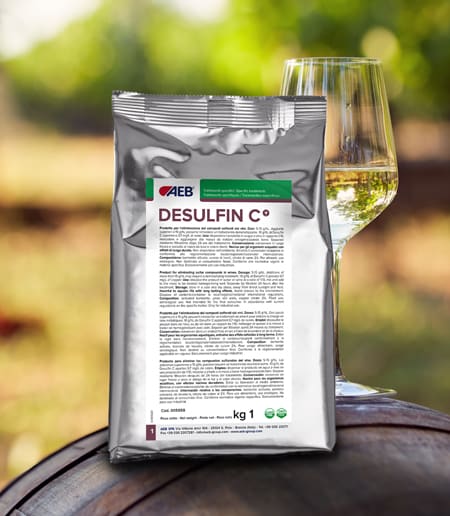Hydrogen sulphide (H2S) is formed both during fermentation as a result of the action of yeasts on sulphur-containing compounds and also due to the absence of oxygen during the aging process.
During alcohol fermentation, H2S is used to synthesize sulfur amino acids (cysteine and methionine) but, it is released into the medium if it is produced in excess.
In musts, when conditions lack of free assimilable nitrogen, yeasts degrade enzymatically proteins (cysteine-desulfurases) leading to the formation of H2S.
During wine maturation, instead, the formation of this compound is related to the polyphenol profile and the presence of lees.


 China
China
 Germany
Germany
 Hungary
Hungary
 United Kingdom
United Kingdom







